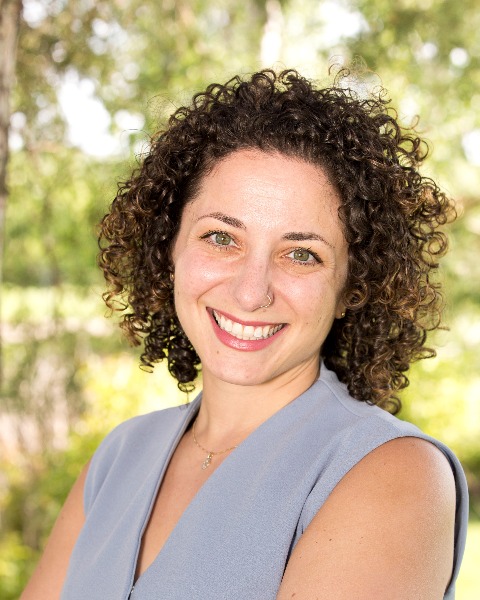Research (R)
Amplification and Assistive Devices (AAD)
Adult Diagnostic (AD)
RP208 - Get Your ACT Together: Introducing a New Test to the Diagnostic Audiological Evaluation

Rasna K. Mistry (she/her/hers)
Clinical Product Manager
Interacoustics
Odense, Syddanmark, DenmarkDisclosure(s): Interacoustics: Employment (Ongoing)

Ashley Hughes, AuD
Audiologist
Interacoustics US
Minneapolis, MinnesotaDisclosure(s): Interacoustics US: Employment (Ongoing)
Presenter(s)
Lead Presenter(s)
The number one concern from people with hearing loss is hearing in noise. However, there can be barriers to performing speech in noise tests, and there is a limit to the ecological validity of them. The Audible Contrast Threshold test, also known as ACT, is a revolutionary way to take hearing aid fitting beyond the audiogram; a fast method to accurately quantify a person’s real-world ability to hear in noise with the use of a language-independent signal. The ACT value supports the prescription of advanced adaptive features in hearing aids, providing the patient with an optimal first fitting.
Summary:
Measures of spectro-temporal modulation sensitivity have demonstrated high predictive power over speech-in-noise performance in several research studies using aided hearing-impaired test subjects. Results have been particularly promising when the speech-in-noise comparison data were obtained in a complex, ecologically-valid test condition including speech maskers and reverberation.
Such a predictive measure is clinically interesting, as upfront knowledge about a prospective hearing-aid user’s realistic speech-in-noise performance can be useful for individualizing the hearing aids’ advanced features (e.g., noise reduction, directionality) and can contribute to more targeted patient fitting and counseling.
This contribution presents evidence from a range of studies that has matured research versions of spectro-temporal modulation sensitivity testing into a clinically viable tool: The Audible Contrast Threshold (ACT) test. Among the important novelties are that ACT stimuli are shaped according to the individual audiogram and ensures audibility throughout the frequency range of interest using a familiar test procedure very similar to that of the pure-tone audiogram. Notably, compared with ecologically valid speech-in-noise testing, ACT requires no additional equipment and avoids language-specific test materials.
This test now allows clinicians to use objective data to predict aided speech in noise performance. In approximately two minutes, clinicians can now understand not just the quantity of someone’s hearing as provided by the audiogram, but the quality of their hearing as well, thereby using the result to provide each patient with an optimal first fitting.
Learning Objectives:
- Introduce the research behind creating ACT
- Identify the benefits of ACT
- Interpret ACT value and describe the benefits
